The Fourth Dimension: Sacred Geometry, Alchemy and Mathematics
$15.80
| Author(s) | |
|---|---|
| Format |
|
| Pages |
265 |
| Published Date |
2000 |
The Fourth Dimension: Sacred Geometry, Alchemy, and Mathematics : Listeners’ Notes of Lectures on Higher-dimensional Space and of Questions and Answers on Mathematical Topics
The point, line, plane and solid objects represent the first three dimensions, but a kind of reversal of space is involved in the ascent to a fourth dimension. Steiner leads us to the brink of this new perspective―as nearly as it can be done with words, diagrams, analogies, and examples of many kinds. In doing so, he continues his lifelong project of demonstrating that our objective, everyday thinking is the lowest rung of a ladder that reaches up to literally infinite heights.
Introduction:
Mathematical discussions of higher-dimensional space have taken place since the middle of the nineteenth century but entered the consciousness of the broader public only when the question of the existence of four-dimensional space was linked to spiritualistic experiments. Easy-to-read introductions—some of them written in the form of novels—to the geometry of four-dimensional figures helped achieve a broader awareness of related problems.
The first part of this edition consists of a series of lectures by Rudolf steiner on the question, much discussed in his time, of the real existence of a fourth dimension. Members of the Theosophical society in particular had been concerned with this subject since the 1880s and 1890s in connection with reports of spiritualistic experiments, some of which had been conducted by reputable scientists (Zöllner and others) and more or less professional mediums. steiner, however, does not discuss these spiritualistic components but develops the theme of the fourth and still higher dimensions from very fundamental perspectives. His discussions of the geometry of four-dimensional figures occupy a large part of the lectures, serving first and foremost as a preparatory training for the acquisition of spiritual knowledge. Whether such mathematical concepts correspond to reality can be determined only by applying spiritual scientific methods. steiner presents this perspective on the fourth, fifth, and sixth dimensions and their projections into the physical world.
The exact circumstances under which the lectures included in this volume were given are not known. We can assume, however, that Rudolf steiner was asked by theosophical circles to take a position on the problem of the fourth dimension. Thus, the lectures given to members of the Theosophical society are directed to a general audience with an interest in the subject rather than to a specific scientifically or mathematically educated audience of experts.
The more comprehensive second part of the book includes question-and-answer sessions that revolve around the relationship of mathematical concepts and images to spiritual reality. In addition to the dimensions of space, important themes include projective geometry (especially the transition from a circle to a projective straight line), the speed of light, fluid geometry between archetype and image, positive and negative numbers, imaginary and hyperimaginary numbers, Copernicus’s third law, and especially Einstein’s theory of relativity.
In the question-and-answer sessions from the 1920s, the situation with regard to the problem of the existence of four-dimensional spaces has changed. In the interim, specific four-dimensional geometric concepts have been subject to “serious” interpretation by physicists as a result of the geometrical view of Einstein’s theory of relativity and theory of gravitation (four-dimensional spacetime continuum). Furthermore, Rudolf steiner was then able to present this problem, at least in part, to a scientific public. His statements reveal, however, that the spiritual scientific viewpoint on the dimension problem has essentially remained the same.
Because Steiner makes us aware of more profound connections in elementary terms, these lectures and question-and-answer sessions are both of general anthroposophical interest and of interest to experts in specific fields. In particular, however, they contain a great deal of stimulus to various kinds of research for scientifically minded individuals. on the problem of higher-dimensional space and related subjects, see also the essays, collected materials, and comments compiled by the editor of the German edition from the Rudolf Steiner archives. These materials were published in the series Beiträge zur Rudolf Steiner Gesamtausgabe (“Articles on Rudolf Steiner’s Complete Works”), no. 114/115, Rudolf Steiner undder mehrdimensionale Raum (“Rudolf steiner and Higher-Dimensional Space”), Dornach, 1995.
The Fourth Dimension: Sacred Geometry, Alchemy & Mathematics By Rudolf Steiner pdf
16 reviews for The Fourth Dimension: Sacred Geometry, Alchemy and Mathematics
Clear filtersOnly logged in customers who have purchased this product may leave a review.

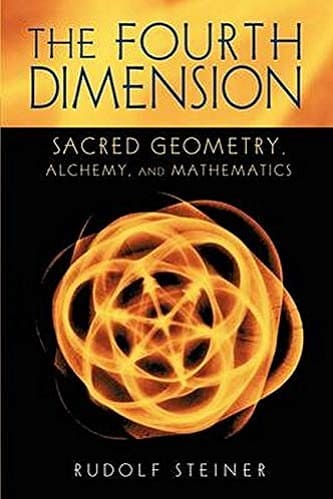
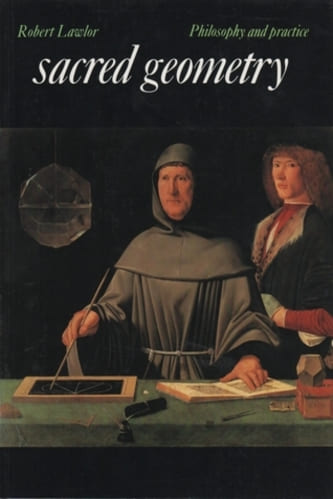
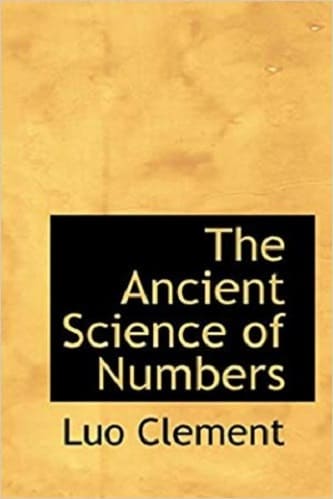



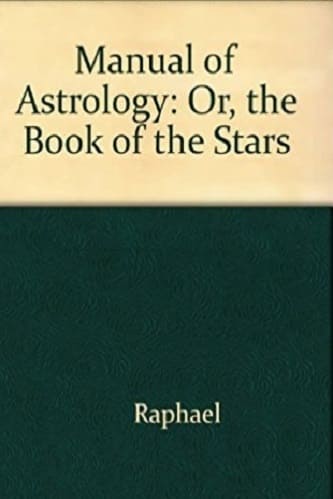
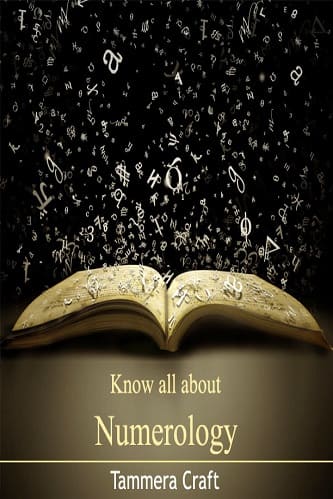
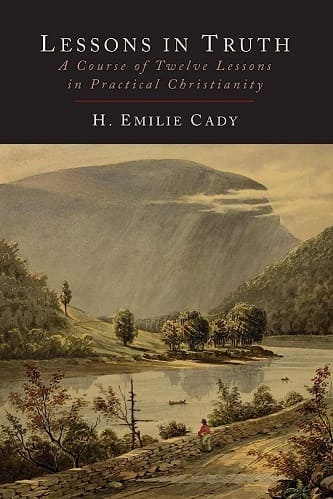
Jadiel Valenzuela (verified owner) –
as expected
Renata Mitchell (verified owner) –
Not quite what I expected.
Eden Vincent (verified owner) –
I’m fairly new to geometry and mathematics, but have a long interest in symbols, philosophy and meditation. This book is pretty jaw-dropping, Steiner dives right into the fundamental paradoxical nature of reality/perception/life etc and the ideas, much like the ancient Zen Buddhist koans, often require a form of mental transendence to accept two opposites as one ‘thing’. I found myself smiling through the first lecture as the ideas forced my mind back into this transending mode.. Ironically, whether intentional or not, this process serves to demonstrate the very nature of the fourth dimension by making you use it as you grapple with paradoxes.. Genius, a true modern-day zen master at work here!
Zahra Nelson (verified owner) –
Thoroughly good read
Anne Hayden (verified owner) –
It’s not a very easy book, but I think it can give a quite new point of view in our lives. It seems speaking only about geometry, mathematics,lines, cubes…, however you can discover that geometry laws are the ones of everything in the world and in our lives. Getting them and using them in our everyday life may mean better relationships and a more effective way of living.This, at least, is what I’m discovering not allowing myself to feel overwhelmed by the descriptions of some passages in transforming 3rd-dimension solids in 4th-dimension ones.
Dylan Oliver (verified owner) –
Amazing book everyone should read
Maxton Mathis (verified owner) –
Explains about the 4th dimension. Very enjoyable. Highly recommended.
Jaxon Bass (verified owner) –
I wholeheartedly recommend “The Fourth Dimension: Sacred Geometry, Alchemy, and Mathematics” to everyone familiar with the work of Rudolf Steiner. Regrettably, the previous reviewer had not studied the basic Steinerian concepts thoroughly enough to comprehend much of the rich and meaningful material in “The Fourth Dimension”. First reading some of Rudolf Steiner’s basic Anthroposophical books (“Knowledge of the Higher Worlds”, “An Outline of Occult Science”, “The Philosophy of Freedom”, “Theosophy”, “A Road to Self Knowledge”, “Anthroposophical Leading Thoughts”) will help the reader more fully understand his lectures. Keep in mind that the lectures were never intended to be published and read by the general public. Many books are available to read for free online at the Rudolf Steiner Archive (rsarchive.org).
Leroy Weeks (verified owner) –
I am well versed in the writings of Rudolf Steiner and still this is a difficult book, at least for me (I have no mathematical background) But I stuck with it, and I must say, it was well worth the effort. I consider it to be one of the best books on Sacred Geometry, along with such classics as The Secrets of Ancient Geometry by Tons Brunes, Sensa by Dorje Jinpa, and The Symbolism of the Stupa by Snodgrass.
Karen Mays (verified owner) –
great book
Lena Spears (verified owner) –
This book includes very good information to understand the different dimmensions related to spiritual entities. It covers specific topics related to Geometry and Physics to explain the dimmensions. It is not an easy reading so you need to advance slow. The Q&A section is very interesting. Among the different topic in RS’s books, this is very specific and not common. I recommend it !!!!!!!
Jasiah Lloyd (verified owner) –
If you are a fan of geometry (sacred) and straight- its all the sacred, Steiner makes a great case for the forth dimension and proves with proofs. Hes the cats meow
Ibrahim Reid (verified owner) –
these lectures opened my mind to the possibilities of existence
Henley Maxwell (verified owner) –
Steiner goes over the mathmatical relationship between the astral and the physical. For anyone serious about The Occult, Metaphysics, and/or having an out of body experience, this is a must read.
Aiden Sims (verified owner) –
This text is simple enough for anyone with the capacity to think and visualize. It summarizes the basic theosophical philosophy of the fourth dimension of that time, and has ample pictures to aid with the understanding.
It is actually transcriptions of a handful of Steiner’s lectures on subject including the fourth dimension.
Camille McLaughlin (verified owner) –
In this collection of lectures by Rudolf Steiner, Steiner argues that our conscious experience must operate in four dimensions of space rather then the three dimensional spatial world we see around us. Steiner argues that in order to fully see an object or geometric relation in one dimension we need to jump to another higher dimension eg. to see the boundary of two dimensional circle we must see the circle from our perspective in three dimensional space. Steiner contends that a purely mental image in the mind is a two dimensional inverted image of the physical objects in our world. In perception, this mental image and physical object that it is mental image of, are both located in the same part or parts of space. However, in order to locate both the object and our mental image of the object in the same location we need to jump to four dimensions, as a result, we must see the process of perception as four dimensional. Steiner also looks at how movement into a higher dimension requires curvature. For example, a one dimensional line A-B becomes a two dimensional circle when the line is curved around to join the points A and B. In the lower dimensional space the points A and B that go off into infinity at polar opposite ends meet at the same point in space in the higher dimensional space. In three dimensional space, lines of force which expand out or diverge out in space from a point source at infinity have an opposite force which converges inward from spatial infinity. The inward and outward lines of force meet and cancel each other out forming a two dimensional boundary. Steiner argues that different planes of existence, the physical, astral, mental planes etc. occupy different dimensions. While Steiner’s references to “Occult Science” and concepts like “Astral Planes” may seem alienating to 21st Century readers, one can speculate that much modern academic science is really not that far removed from Steiner’s views. For example, modern physicists often make reference to a higher dimensions in their models of the universe and perhaps more significantly, Cognitive Neuroscience also contends that many brain processes involve the transferring of information between hierarchies of dimensions.
For example, visual scientists often define the problem of visual perception as involving understanding how the brain recovers the image of a three dimensional object from the two dimensional image projected on the retina of the eye. Contrary to the materialistic view of perception made by Cognitive Neuroscience, Steiner would have perhaps argued that the two dimensional image is not a retinal image but an Astral image and the “problem” of visual perception is not really a problem at all if we understand vision as occurring in four dimensional space and not the physical three dimensional world. This view overcomes the paradoxical notion that somehow the brain creates our visual world inside our heads and the baffling question of how the brain squeezes the entire outside world into our head. Steiner would argue it doesn’t since the world we see is a function of the mental realms which exist on higher dimensions then the physical brain. Interestingly, if one looks at how objects in the world are mapped to visual processing areas of the brain one find strange inversions of the object mapped to the brain as if the visually perceived object is mapped to the visual cortex in such a way that the brain representation is left-right reversed, upside down and back to front. Exactly, what Steiner predicts from his four dimensional view of perception.
Steiner’s lectures are followed by a series of question and answers in which Steiner discusses a number of topics about geometry, mathematics, imaginary and complex numbers and Einstein Relativity. In is helpful to read the extensive notes in the back of the book in order to follow Steiner’s thinking on these topics. I think scientists, especially those involved in the cognitive sciences, should look at Steiner’s work more closely, especially as cognitive science straddles the line between what Steiner called a “science of phenomenology” as opposed to a “mechanistic science.” Modern brain science has turned phenomenology into a mechanistic science which may have limits as to how fruitful it is given the reduction of mind to brain. Understanding the brain as a lower dimensional representation of the mental realms of existence may not only help our understanding of the mental realms but the brain as a representational system as well.